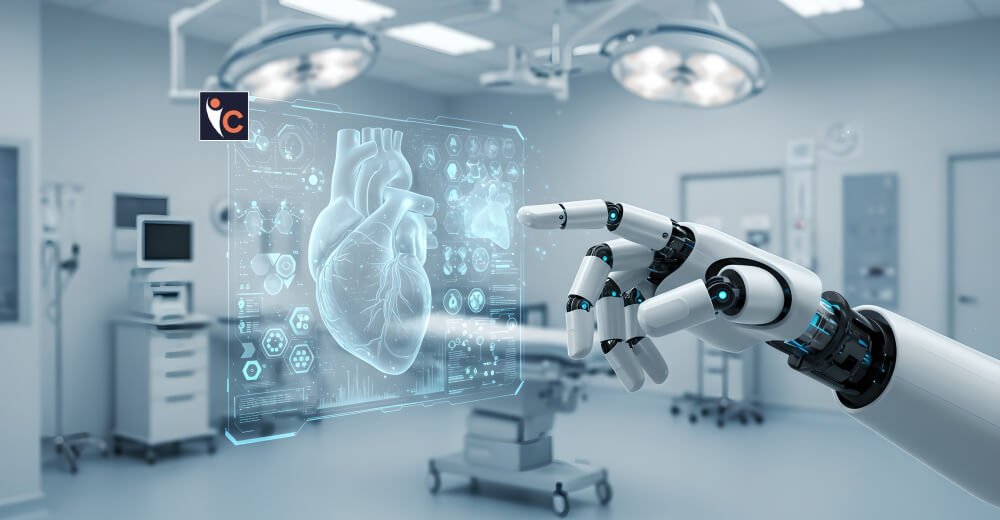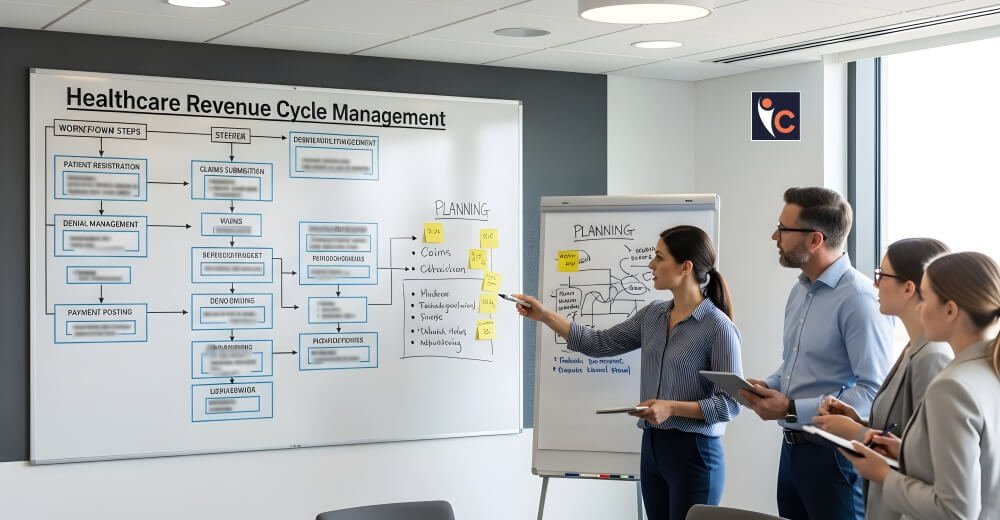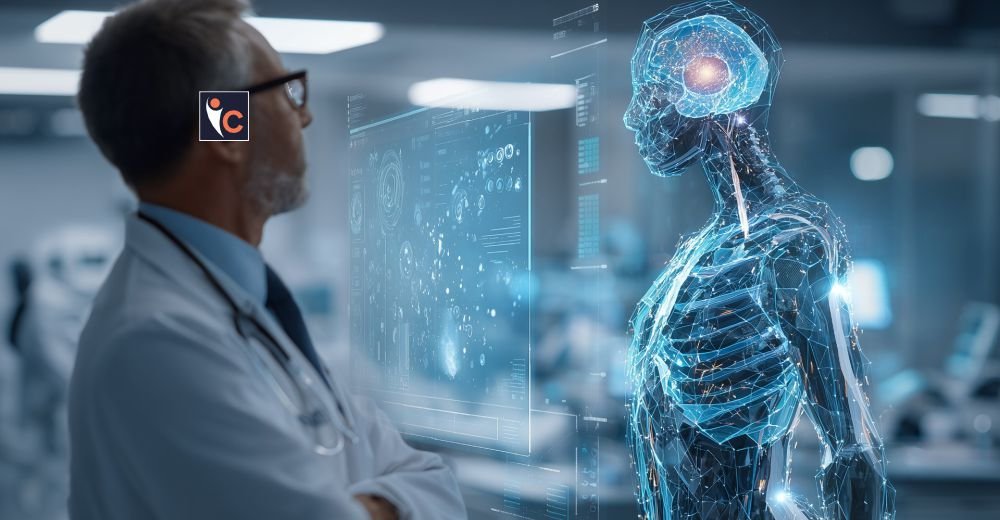Precision, Innovation, and Care
Cardiac surgery has changed completely over the past few decades with precision medicine, technology, and patient-centered care. Robotics combined with artificial intelligence (AI) and minimally invasive surgical techniques have revolutionized the practices of heart surgeries. The most significant leading causes of death in the world arise from cardiovascular diseases (CVDs) which future technology plays crucial roles through better outcomes along with shorter recovery durations for safer treatment of patients.
Minimally Invasive and Robot-Assisted Cardiac Surgery
The greatest innovation in modern cardiac surgery consists of robot-assisted procedures and minimally invasive surgery approaches. Modern heart surgery brings faster recuperation through small incisions instead of using open-heart surgical methods that require dangerous large cuts and lengthy hospital periods.
The da Vinci Surgical System serves as an example of robotically assisted cardiac surgery devices which enhance complex operations with improved precision and handling capabilities for surgeons. The surgeon uses robotic arms through a console which provides 3D high-definition imaging of the surgical site. The technique finds its ideal use in treating damaged mitral valves, performing coronary artery bypass grafting, and cutting out problem areas of atrial fibrillation. Patients receive three advantages from these interventions which include decreased infection risk and pain, shorter hospital stays, and a faster return to regular activities.
Artificial Intelligence and Machine Learning in Cardiac Surgery
The field of cardiac surgery makes considerable gains from artificial intelligence and machine learning because these technologies enable surgeons to plan before operations, use real-time data during operations, and manage patients post-surgery. Computer programs use analyzed patient background and test outcomes to create surgical risk models along with specific treatment recommendations.
Modern machine learning software analyzes precise echocardiogram and CT scan and MRI scan results to diagnose cardiac conditions before they advance. Subsequent stages of robotic surgery system development utilize artificial intelligence to execute stitching operations while reducing operator mistakes and delivering higher procedural precision. Hospital resource planning receives benefits alongside procedural accuracy improvements from these technologies.
3D Printing and Customized Cardiac Implants
3D printing enables detailed patient-specific planning for cardiac procedures because of its implementation in medicine. Surgeons use imaging data to print heart models of individual patients then utilize these models for practicing complicated surgical procedures before hospital treatments. Through the procedure, surgical teams achieve higher precision while lowering intraoperative complications to a substantial extent.
The technology enables doctors to create patient-tailored designs for heart valves and stents as well as implants by using individual anatomical data. Customized design enhances device compatibility, which leads to fewer immune reactions and better surgical performance. Through its relatively new and emerging status, authorities within this field now investigate ways to develop human heart tissue and potentially print full individual heart organs which could revolutionize cardiac transplant operations.
Transcatheter Heart Procedures and Valve Replacement
Doctors prefer transcatheter procedures as minimally invasive medical procedures above open-heart surgery treatment. TAVR, together with TMVR, has revolutionized the treatment of valvular heart disease specifically for patients who cannot undergo standard surgical procedures because of high-risk profiles.
The implantation of catheter-based prosthetic valves through the femoral artery occurs without performing sternotomy surgery (opening of the chest). TAVR provides patients shorter scarring, reduced hospitalization time, and faster recovery speeds. Medical teams now employ identical innovative methods when treating patients for mitral and tricuspid valve surgery to generate better safety results.
Advances in Cardiopulmonary Bypass and Perfusion Technology
Traditional heart surgery commonly employs CPB pumps, which are used to temporarily take over the role of the heart and lungs. Advances in perfusion technology are optimizing CPB safety and efficacy and minimizing complications such as inflammation, clotting, and organ failure.
Miniaturized biocompatible circuits of CPB are being engineered to reduce blood trauma and preserve organ function. Normothermic perfusion technologies enable physiological conditions, i.e., enhanced post-operative recovery and decreased complications. Such technologies lie at the center of the provision of enhanced patient outcomes in intricate cardiac surgery.
Gene and Stem Cell Therapy in Cardiac Regeneration
Regenerative medicine, including gene and stem cell therapy, is of outstanding promise in the cure of once-permanent cardiac disorders. Bone marrow, umbilical cord, or stem cells derived from iPSC are employed to restore damaged heart tissues, improve the function of the heart, and prevent heart failure.
Gene therapy is also being tested in clinical trials to restore unhealthy heart muscle by inducing new blood vessel formation. The treatments can reduce surgery and confer long-term benefit to patients with advanced cardiovascular disease.
Remote Monitoring and Wearable Technologies
Utilization of wearable and remote monitoring devices in postcardiac surgery care and early detection of complications has been a game-changer. Smartwatches, implantable sensors, and biosensors can track real-time vital signs like heart rate, oxygen saturation, and ECG trends and warn the patients and physicians in case of any deviation.
Remote monitoring decreases hospital readmission, enables early intervention, and involves patients’ individualized cardiac care plans. Telemedicine is also very crucial in post-surgery follow-ups since it enables the patient to sit down with their doctor without necessarily having to visit hospitals occasionally.





